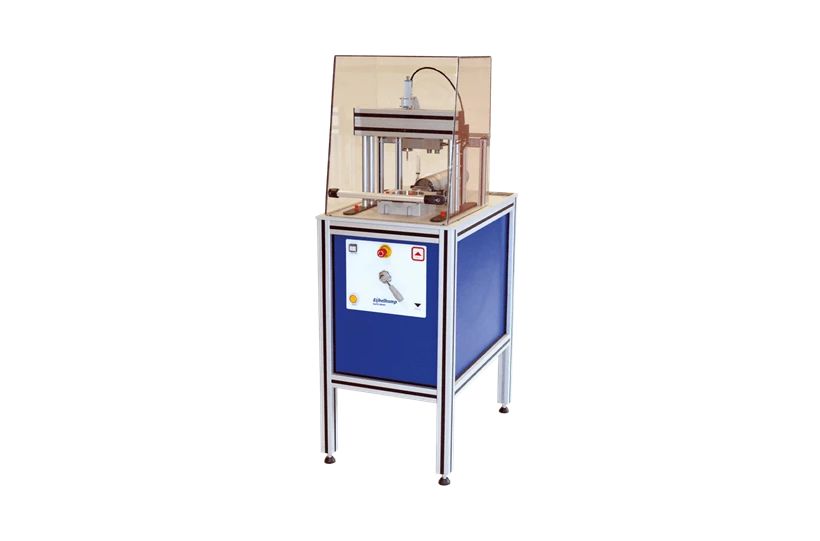
The compression and shear test apparatus measures both the compression and shear resistance of an undisturbed soil sample
This instrument measures how prone the soil is to slip under both vertical and horizontal stress. This is very useful in research prior to the construction of dikes, railways, large and heavy buildings, or other engineering applications that put a lot of stress on the soil.
During shearing at a constant shear velocity and under either consolidated drained (CD), unconsolidated, undrained (UU) or unconsolidated drained (UD) conditions, the matric potential and shear forces at a given vertical stress are measured simultaneously.
The apparatus operates under computer control, using multifunctional software for executing measurement protocols and visualized data presentation. Samples are taken in a soil sample ring sized Ø 4.06 x 3.94 in (103 x 100 mm), height 1.18 in (30 mm), contents 235 cc.
Applications
User groups
The apparatus was developed in cooperation with Christian Albrechts University Kiel in Germany, a leading institution in soil compaction research. Read the interview with Prof. Horn of Kiel University for more information.
| Shear and compression test apparatus | |
|---|---|
| Stress vertical | 0-600 kPa |
| Stress horizontal | 0-400 kPa |
| Response speed | <10 sec. @1% end value (adaptable by PID controller parameters) |
| Soil moisture | -1000…+1000 hPa |
| Compression | 0-1.18 in (0-30 mm) |
| Pressure-in max. | 0.7 Mpa / 7 bar |
| Force max. | 5 kN |
| Stress out max. | 600 kPa |
| Temperature / humidity | 59-95°F (15-35 ºC) / 20-80% RH (non condensing) |
| Dimensions | 21.7 x 29.5 x 53.2 in (55 x 75 x 135 cm) |